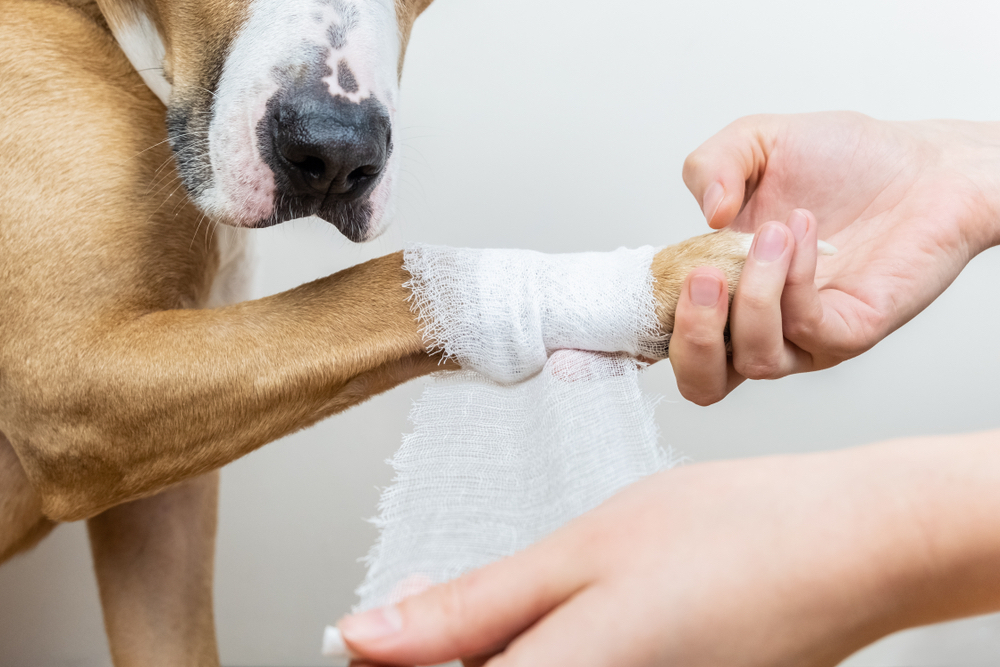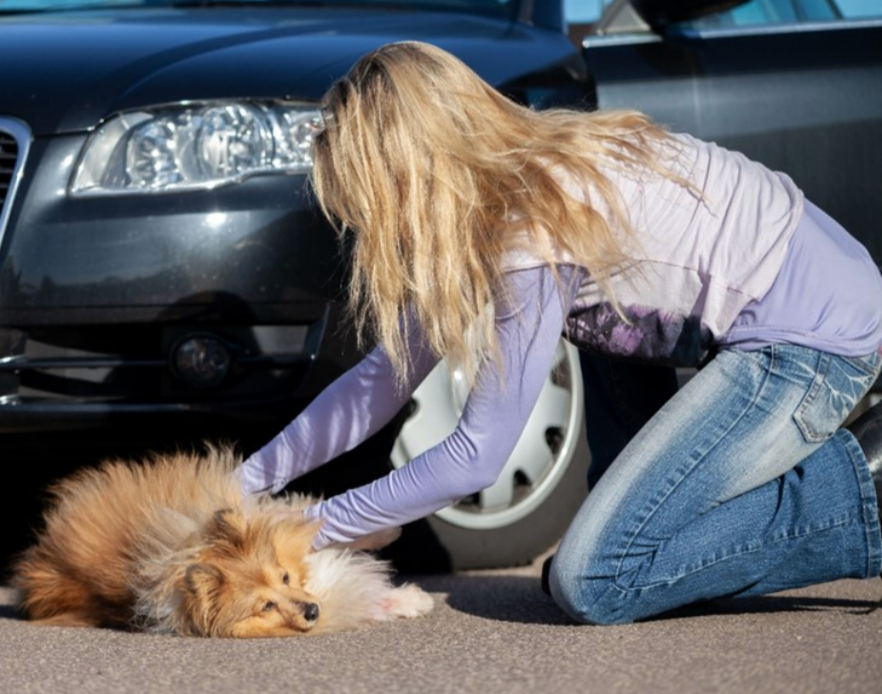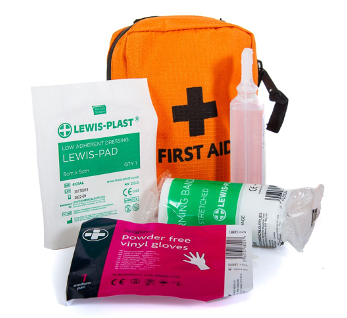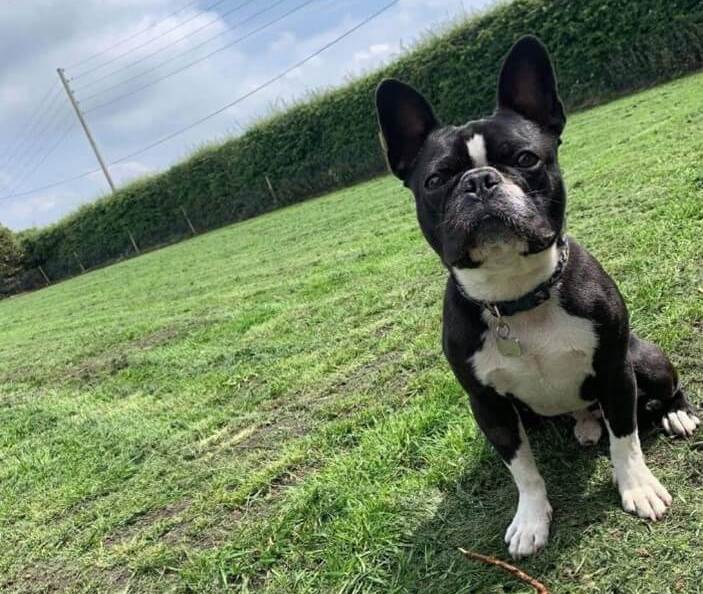
Not many dog owners know that dog first aid is ‘a thing’. If you have a baby and something happens you can ring 999. Experts will help you perform first aid over the phone until paramedics arrive who take charge and then transport your baby to the hospital if necessary. Unfortunately, pets do not have that same luxury.
This is a story I heard recently:
“….I wish I had known dog first aid when my dog was alive, it may of saved his life…. I gave my little Westie a treat, and after gnawing on it for a while, he got tired of chewing it and swallowed it whole. It became lodged in his throat and he started to choke. I didn’t know what to do so I rang the vet. The receptionist told me to bring him straight down to the surgery. By the time I got there, he had died. They tried to revive him by pumping him full of adrenaline, but they couldn’t bring him back…”
What a heart-breaking story. This would be a horrifying situation for any dog owner and the feeling of helplessness would probably stay with you for a long time.
What would you have done in this situation? Would you have gone straight in with abdominal thrusts?
There are actually four different ways to help a dog who is choking.

Did you know that abdominal thrusts can cause fatal internal injuries and should only be used as an absolute last resort – only after you have tried the other methods first, your dog is losing consciousness and you are sure he will die unless you attempt them.
Did you know that there are certain human foods, house and garden plants that are toxic to dogs?
Would you know what to do if your dog suffered an arterial bleed while out on a walk? Collapsed and had a seizure? Suffered Heatstroke? Was hit by a car and required CPR?
Unfortunately, accidents do happen and it is knowing these vital skills that can mean the difference between life and death for your beloved four-legged friend. Nobody wants the worst to happen and feel that they could have done more – that would be the worst possible outcome.
Knowledge of dog first aid also enables you to recognise the early signs of many serious conditions, it means that you can act calmly in a canine emergency, you can intervene quickly in preventing a situation from getting worse and most importantly, you can be confident that you have done your absolute best.
“A knowledge of dog first aid also enables you to recognise the early signs of many serious conditions.”
There’s nothing I love more than going out for a walk with my dog Freddie. He’s rather accident-prone though and is the reason I got involved with Dog First Aid. I would definitely advise all dog owners and carers to carry a first aid kit with them as well as having the knowledge of what to do in an emergency – there’s little point in having first aid skills if you haven’t got the equipment you need.
To help you think about what you might find useful here’s a list of what I take with me in my first aid kit when I’m out with Freddie – these are the items that I consider to be absolute essentials:

The Dog First Aid essentials pouch. Includes, A pair of gloves, a bandage, a dressing pad and a pod of saline solution. I have added to this:
A list of useful phone numbers and Freddie’s ‘normal’ vital signs.
A foil blanket in case of shock and also to help me to carry/drag Freddie if necessary.

Long plastic tweezers for choking/thorns/splinters.
Microporous tape to help secure bandaging in place.
An extra length of bandaging to use as a muzzle.
I carry a squeaky toy to use as a distraction in a fight or as an emergency recall. I also have a dog whistle for the same reason.
Poo bags are useful to protect a bandaged paw from getting muddy
Treats should not be given to an injured dog in an emergency but can be useful as a distraction in a fight or for recall to prevent an incident.
I would strongly advise any dog owner to have a full first aid kit at home and/or in the car. In addition to the above ‘essential’ items to carry with you while you’re out for a walk, a full kit should also contain:
Additional Medium and Large Dressings
Conforming Bandages
Additional Pods of Saline
Gauze Swabs
Alcohol-Free Cleansing Wipes
Tick Twister
Scissors
I would like to finish on a lighter note with a few success stories. We have clients coming back to us regularly to tell us how their first aid skills helped or even saved their dog’s lives, which are always proud and rather emotional moments for us!

Ralph
October 2020 virtual course attendee Hayley, who runs a secure dog field in Merseyside was able to aid a dog who was having a seizure for the very first time.
Hayley advised that because she had attended a dog first aid course, she knew exactly what to do, and more importantly what not to do, to help Ralph through his seizure.


Buster
9-month-old labradoodle Buster began choking on a training treat while out on a walk. His owner Clare, who attended a virtual dog first aid course in July 2020, put her dog first aid training into practice using one of the techniques taught on the course. It took a while for the treat to come out but finally, Buster could breathe, and Clare gave him a big hug!
Had it not been for Clare’s quick action, the outcome would have been quite different.

Our Expert
Dog First Aid are the only qualified UK company to offer the Continued Professional Development (CPD) accredited Emergency Canine Care TM (ECC) Course and to be approved by Trading Standards. The course is written by our vets and is regularly updated.
For more information: www.dog-first-aid.com
